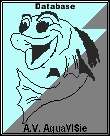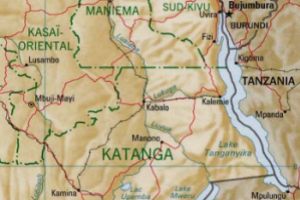 |
Cyathopharynx furcifer |
 |
||||||||||||||||||||||
|
|
|
|
||||||||||||||||||||||
| Explanation of the symbols | ||||||||||||||||||||||||
|
|
|
|||||||||||||||||||||||
|
||||||||||||||||||||||||
|
To other species this fish is not very aggressive, but to
species of their own kind the territory is defended very
fanatic. The aquarium should be set up on the sides
and background with stones and rocks that form caves and
crevices. The substrate should be sandy. A good
filter and a regular changing of the water are necessary. In their natural habitat they feed on micro-organisms and zooplankton. In the aquarium they eat all kind of live and dry food after habituation. Breeding is not very difficult. A few eggs are laid in a large crater nest. Immediately after that the female takes the eggs in her mouth and she bites to the end of the ventral fin. At that moment the eggs are fertilized. This ritual is repeated till 25 eggs are laid. After 3 weeks and at a temperature of 26°C (79°F) the young fishes leave the mouth of the mother for the first time. You can raise them with baby brine shrimp. |
||||||||||||||||||||||||
|
|
||||||||||||||||||||||||
|
Jan Bukkems |
||||||||||||||||||||||||
 |
||||||||||||||||||||||||
|
|
||||||||||||||||||||||||
